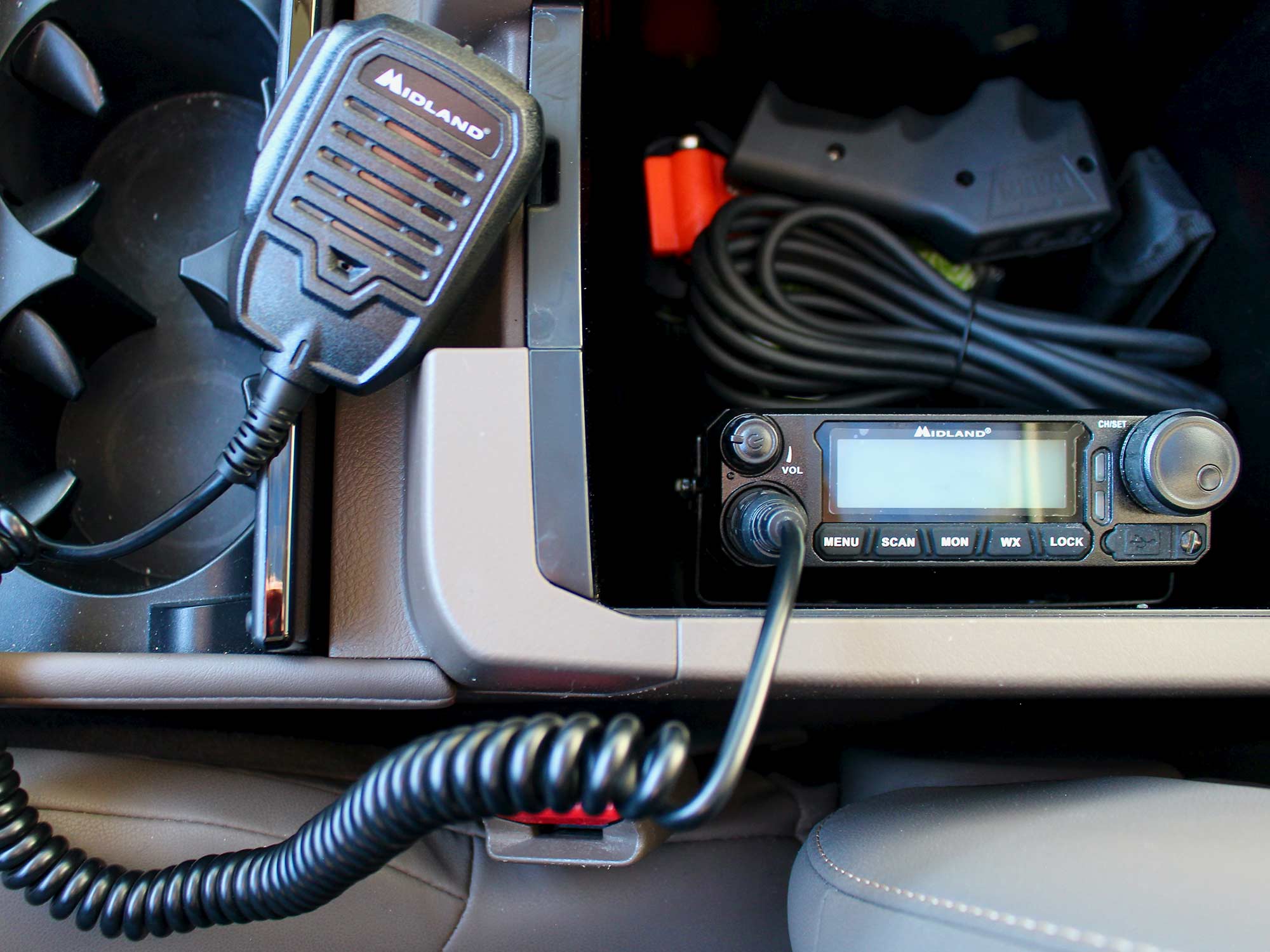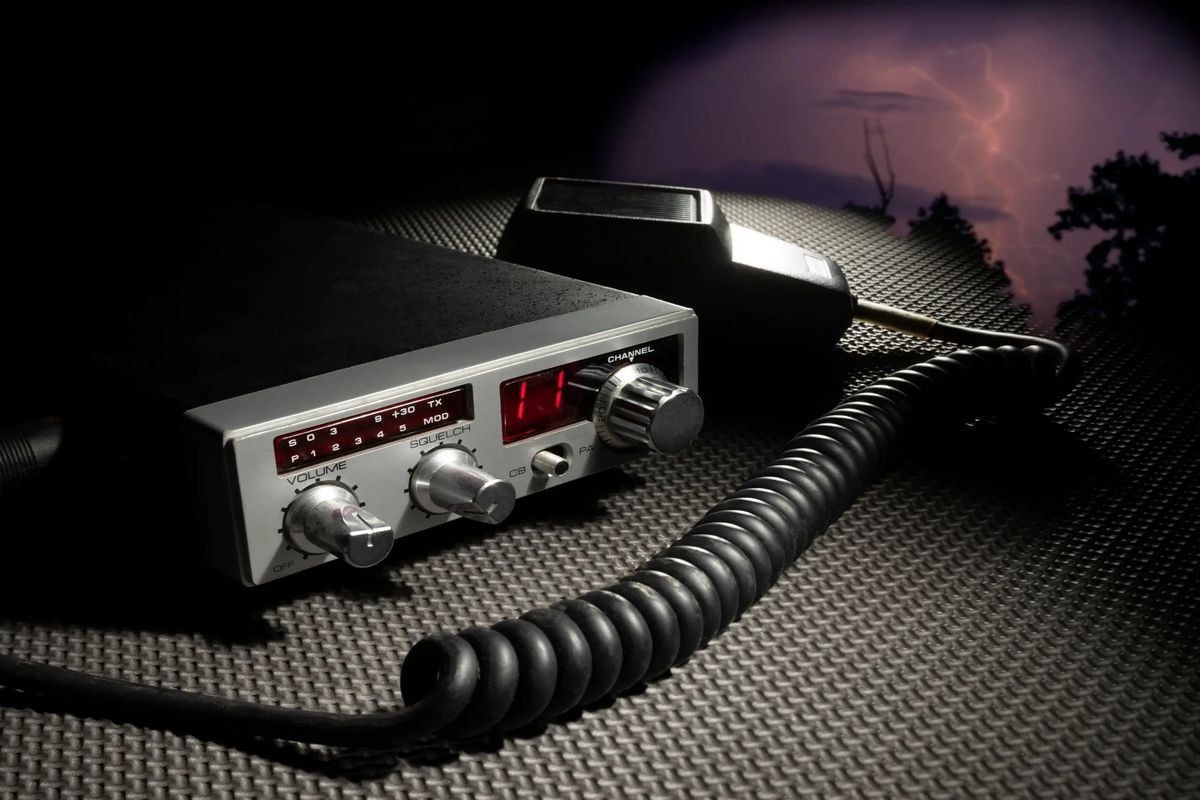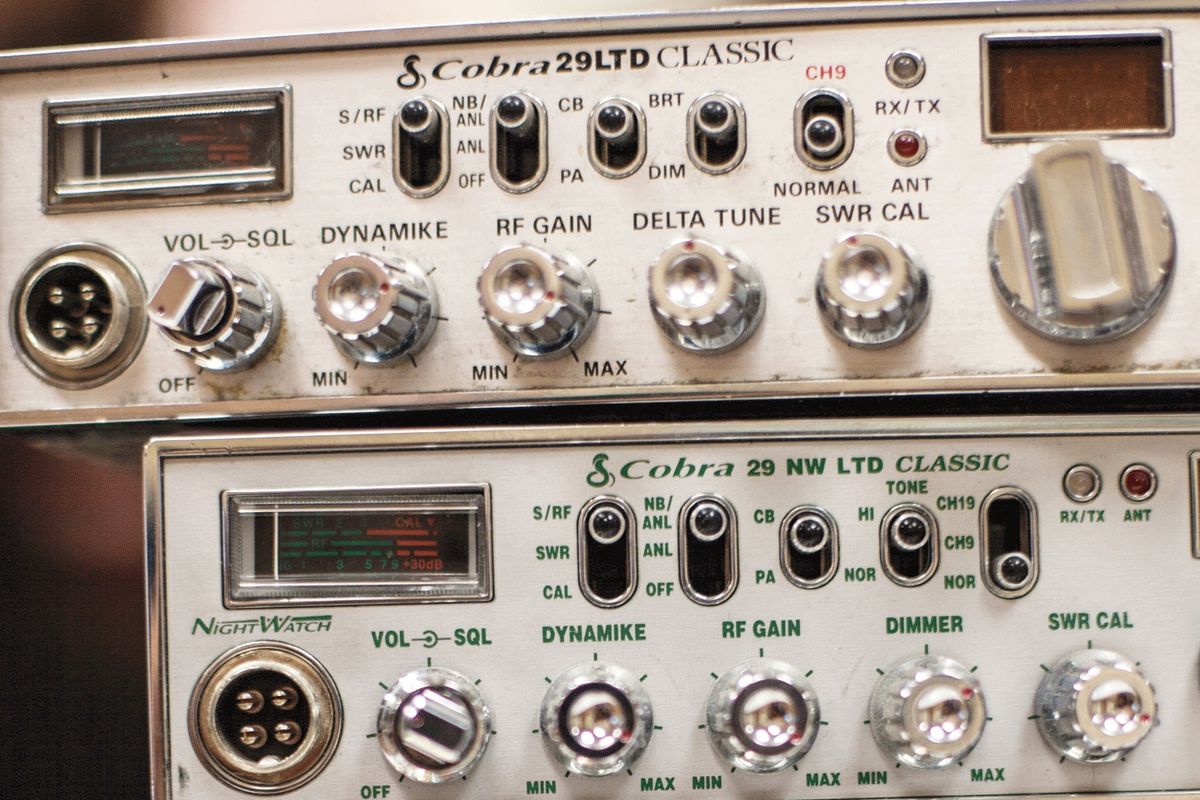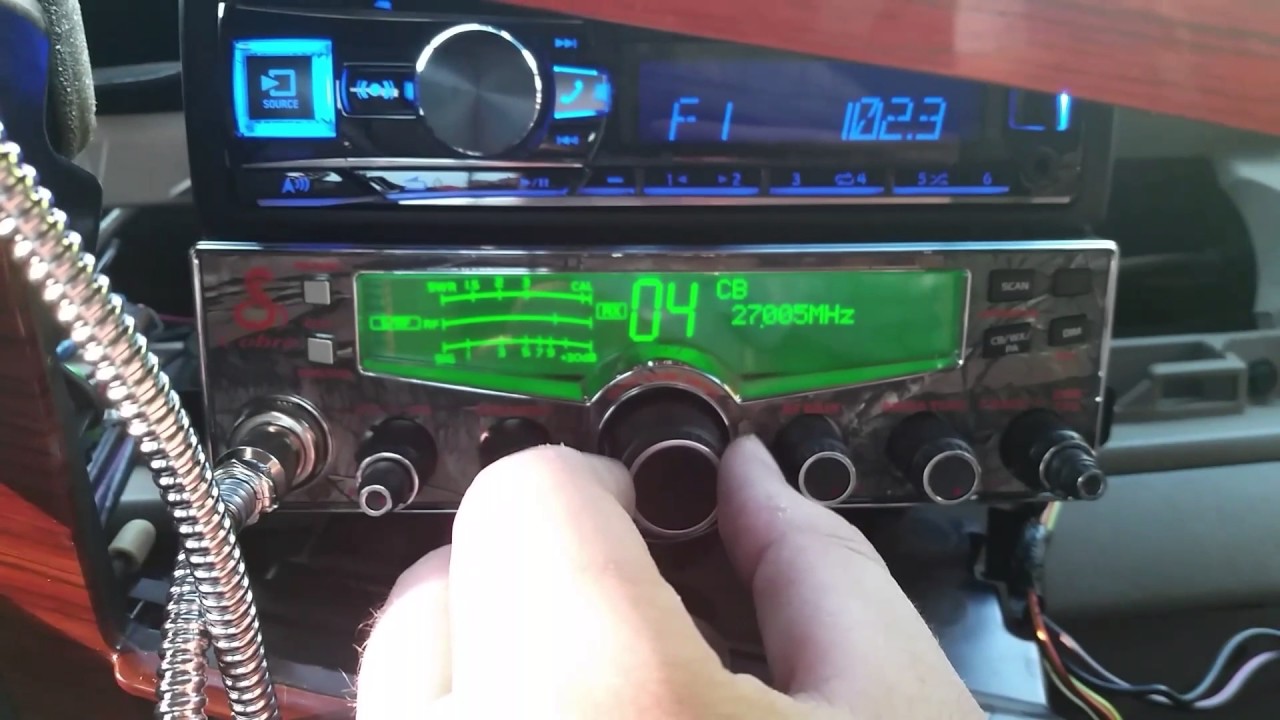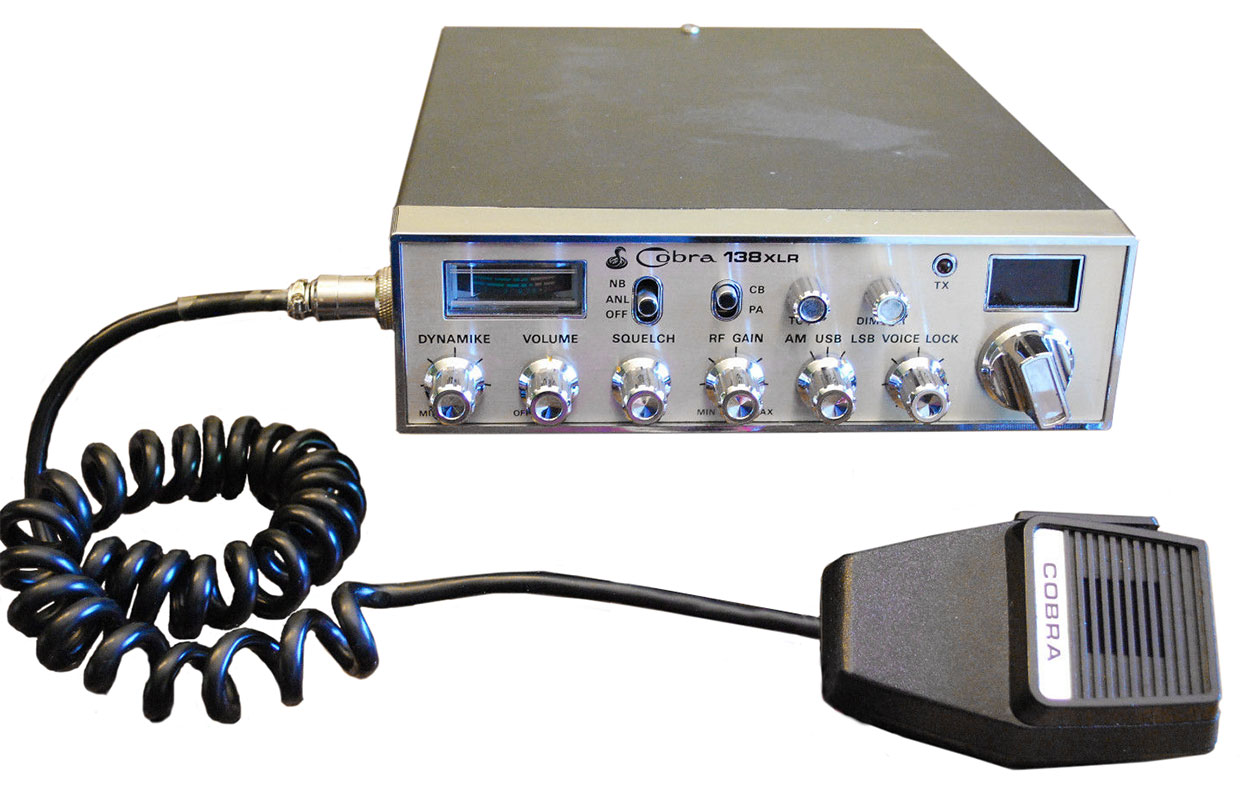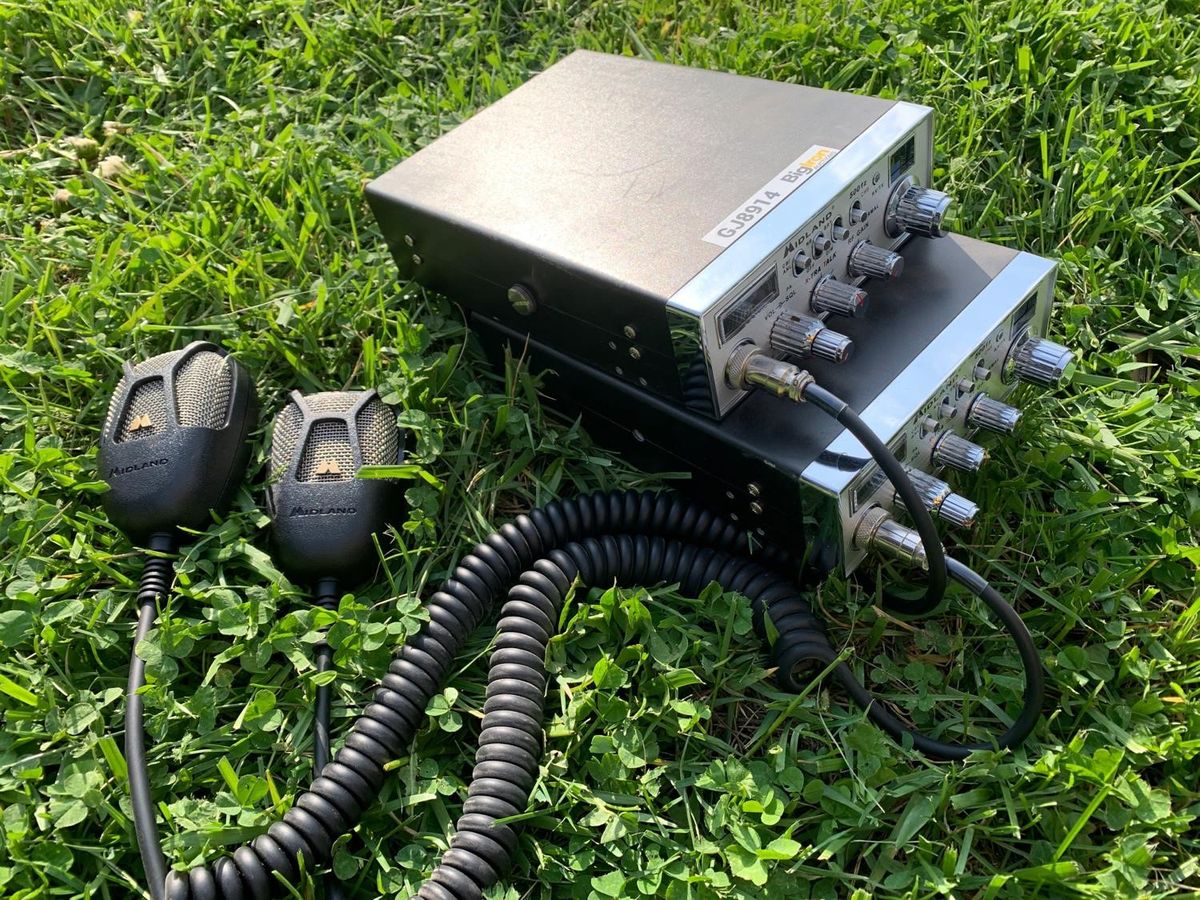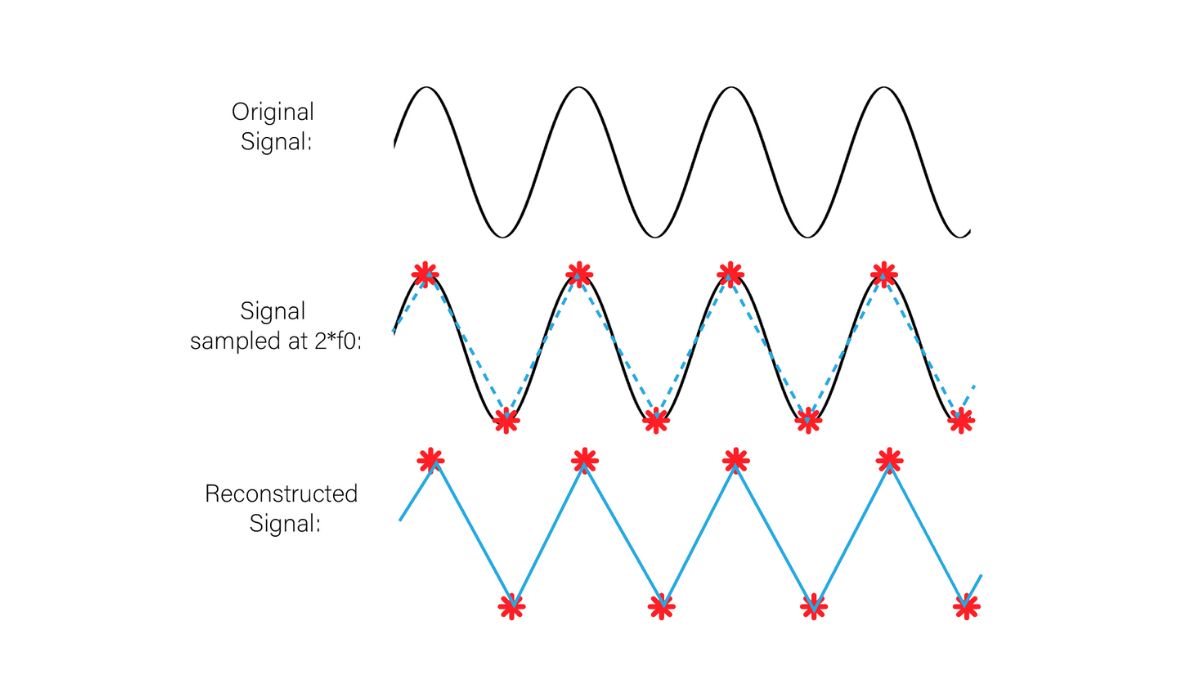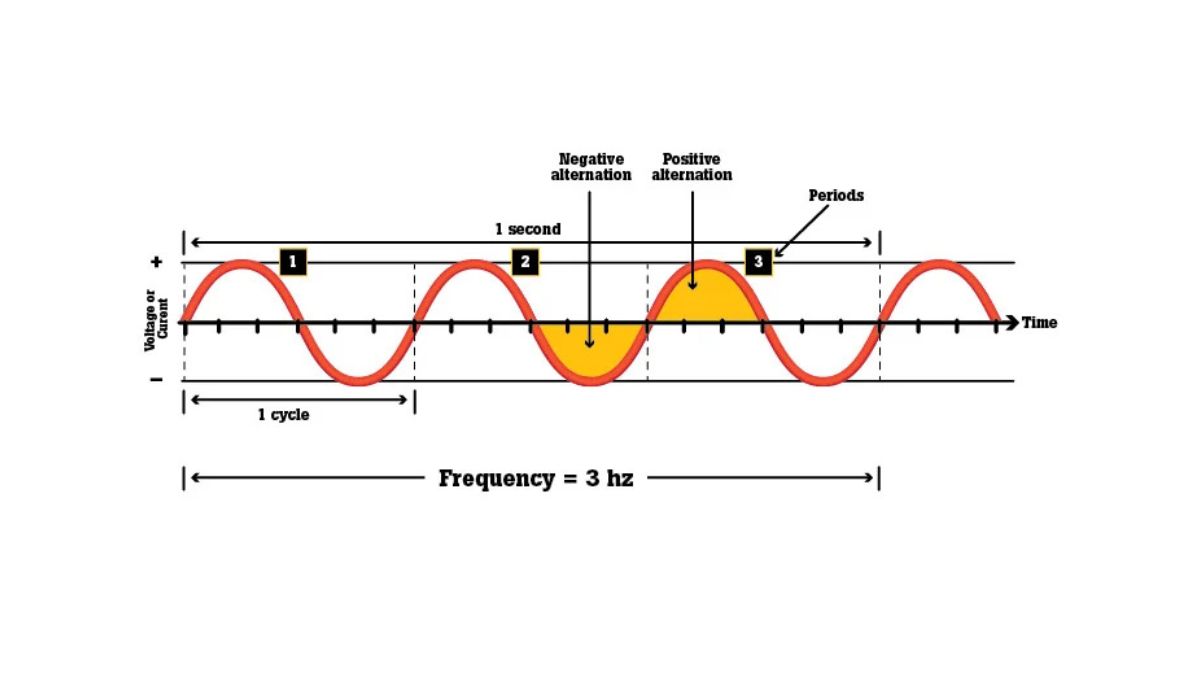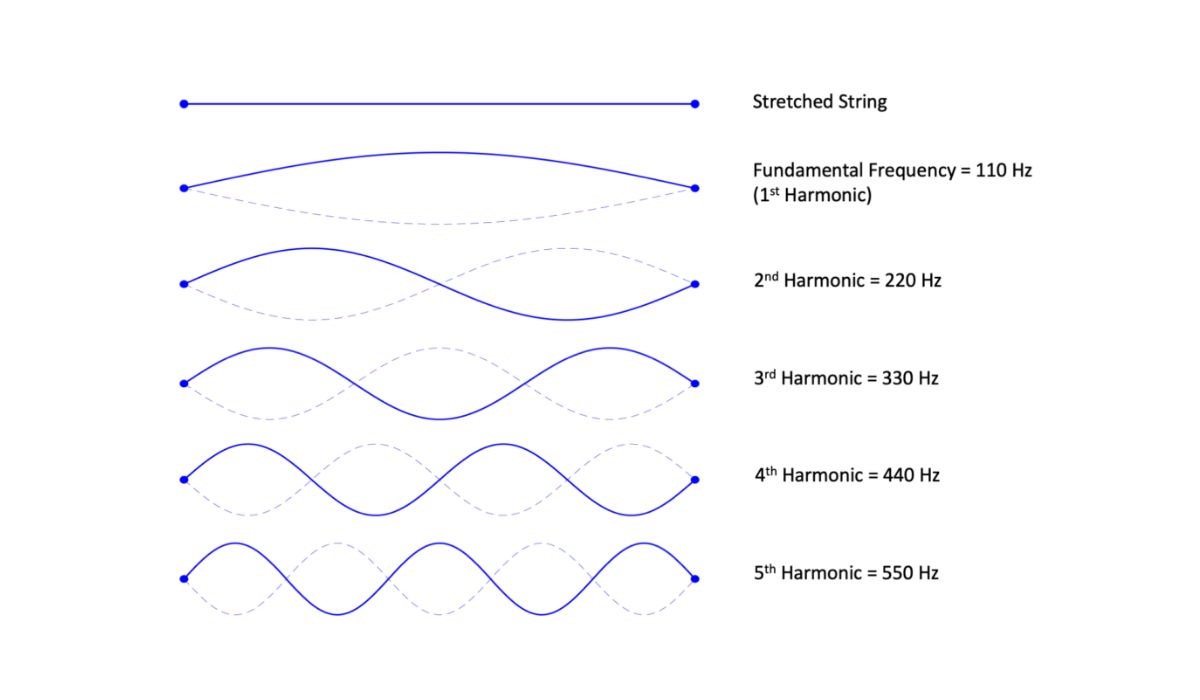Home>Events & Info>Frequency>What Frequency Is A CB Radio


Frequency
What Frequency Is A CB Radio
Published: February 18, 2024
Discover the frequency range of a CB radio and learn how to tune into different channels. Find out everything you need to know about CB radio frequencies.
(Many of the links in this article redirect to a specific reviewed product. Your purchase of these products through affiliate links helps to generate commission for AudioLover.com, at no extra cost. Learn more)
Table of Contents
**
Introduction
**
CB radios have been a staple of communication for truckers, travelers, and hobbyists for decades. These devices provide a means of real-time communication over short distances, making them invaluable in various scenarios. At the heart of a CB radio's functionality is its use of specific frequencies to transmit and receive signals. Understanding the role of frequency in CB radios is crucial to harnessing their full potential.
In this article, we will delve into the world of CB radio frequencies, shedding light on their significance, range, modulation, and the factors influencing their performance. By the end, you will have a comprehensive understanding of what frequency is used in a CB radio and how it impacts the overall functionality of these communication devices.
Let's embark on a journey to unravel the mysteries of CB radio frequencies, demystifying their role and exploring the nuances that make them integral to the world of communication. Whether you're a seasoned CB radio user or a newcomer to the realm of radio communication, this exploration will equip you with the knowledge needed to make the most of CB radio frequencies.
Understanding CB Radio Frequencies
CB radio frequencies refer to the specific radio waves utilized by citizens band radios for communication. These frequencies are allocated by regulatory bodies and are reserved for unlicensed operation, typically in the 27 MHz range. Understanding CB radio frequencies involves grasping their role in enabling short-distance communication and the technical aspects that govern their usage.
At its core, a CB radio operates within the 27-MHz band, which is divided into 40 channels. Each channel represents a specific frequency on which CB radios can transmit and receive signals. These frequencies are standardized to ensure compatibility and minimize interference between users. As such, understanding CB radio frequencies entails familiarizing oneself with the 40 available channels and their corresponding frequencies.
Beyond the technical specifications, comprehending CB radio frequencies involves recognizing their practical implications. These frequencies dictate the range over which CB radios can communicate effectively, with factors such as terrain and antenna quality influencing their reach. Moreover, understanding the nuances of CB radio frequencies empowers users to select the most suitable channel for their communication needs, optimizing clarity and minimizing interference.
By delving into the intricacies of CB radio frequencies, individuals can gain a deeper appreciation for the role these frequencies play in facilitating seamless communication. Whether it’s for relaying crucial information on the road or engaging in recreational conversations, a solid understanding of CB radio frequencies is fundamental to harnessing the full potential of these communication devices.
CB Radio Frequency Range
The CB radio frequency range encompasses the 27-MHz band, which is specifically allocated for citizens band communication. Within this band, CB radios operate across 40 channels, each with its own designated frequency. These frequencies, ranging from 26.965 MHz to 27.405 MHz, form the backbone of CB radio communication, providing users with a diverse array of channels for transmitting and receiving signals.
Understanding the CB radio frequency range involves recognizing the distinct characteristics of each channel and the role they play in facilitating communication. The 40 channels within the 27-MHz band are spaced 10 kHz apart, with each channel occupying a specific frequency. This arrangement ensures that users can access a wide spectrum of frequencies, enabling them to select the most suitable channel for their communication needs.
Furthermore, the CB radio frequency range dictates the permissible power output for transmitting signals, with regulatory limits in place to maintain orderly and efficient communication. By adhering to these frequency-specific regulations, CB radio users can operate within the designated power constraints, promoting fair and interference-free communication across the 40 channels.
From channel 1, operating at 26.965 MHz, to channel 40, at 27.405 MHz, the CB radio frequency range offers a diverse landscape for communication, catering to a myriad of scenarios and user preferences. Whether it’s exchanging essential information on the road, coordinating convoy movements, or engaging in casual conversations, the expansive frequency range of CB radios ensures that users have ample options for seamless and reliable communication.
Frequency Modulation
Frequency modulation (FM) is a key aspect of CB radio communication, influencing the transmission and reception of signals across the 27-MHz band. In the realm of CB radios, frequency modulation refers to the method by which voice and data signals are encoded onto specific frequencies for transmission. Understanding frequency modulation is integral to comprehending how CB radios convey information and maintain clarity during communication.
CB radios primarily utilize amplitude modulation (AM) for transmitting signals, a technique where the amplitude of the carrier wave is varied in proportion to the voice or data being transmitted. This modulation method, while effective for CB radio communication, is susceptible to interference and noise, impacting the overall signal quality. To address this limitation, some CB radio models incorporate frequency modulation (FM) capabilities, offering an alternative modulation scheme that enhances signal clarity and resilience against interference.
Frequency modulation in CB radios involves encoding voice and data signals by varying the frequency of the carrier wave, as opposed to its amplitude. This modulation technique results in a more robust and noise-resistant signal, contributing to improved audio quality and greater immunity to external disturbances. While FM is not universally adopted across all CB radio models, its presence underscores the ongoing efforts to enhance the reliability and clarity of communication within the CB radio community.
By understanding the principles of frequency modulation in the context of CB radios, users can appreciate the technical nuances that underpin signal transmission and reception. Whether it’s discerning the benefits of FM-equipped CB radios or optimizing communication strategies to mitigate interference, a grasp of frequency modulation enriches the CB radio experience, elevating the quality and dependability of real-time communication.
Factors Affecting CB Radio Frequency
CB radio frequencies are influenced by various factors that can impact the quality and reliability of communication. Understanding these factors is essential for optimizing the performance of CB radios and ensuring seamless communication across the designated frequency range. From environmental conditions to equipment setup, a multitude of elements can shape the effectiveness of CB radio frequencies.
One of the primary factors affecting CB radio frequency is terrain. The topography of the surrounding environment, including hills, mountains, and urban structures, can significantly influence signal propagation and reception. In open, flat terrain, CB radio signals can travel greater distances with minimal obstruction, facilitating long-range communication. Conversely, rugged terrain and dense urban landscapes may impede signal transmission, limiting the effective range of CB radios.
Antenna quality and placement also play a pivotal role in shaping CB radio frequencies. The design, height, and orientation of the antenna directly impact signal transmission and reception. A well-constructed and strategically positioned antenna can enhance the reach and clarity of CB radio frequencies, enabling more robust communication over varying distances and environmental conditions.
Furthermore, atmospheric conditions, such as solar activity and weather patterns, can affect CB radio frequencies. Solar flares and sunspot activity have been known to cause ionospheric disturbances, altering the propagation characteristics of radio waves and potentially disrupting CB radio communication. Similarly, inclement weather, including thunderstorms and heavy precipitation, can introduce signal attenuation and interference, influencing the reliability of CB radio frequencies.
Equipment performance and maintenance are additional factors that can impact CB radio frequencies. The condition of the radio unit, including its internal components and power supply, can influence signal clarity and strength. Regular maintenance and upkeep of CB radio equipment are crucial for preserving optimal frequency performance and mitigating potential issues that may compromise communication.
By acknowledging and addressing these factors, CB radio users can proactively optimize their communication setup, minimizing potential disruptions and maximizing the effectiveness of CB radio frequencies. Whether it involves fine-tuning antenna configurations, monitoring environmental conditions, or maintaining equipment integrity, a comprehensive understanding of the factors affecting CB radio frequencies empowers users to harness the full potential of these communication devices.
Conclusion
CB radio frequencies form the backbone of short-distance communication, serving as the conduit through which vital information, casual conversations, and essential updates traverse the airwaves. Understanding the intricacies of CB radio frequencies is paramount for anyone seeking to leverage the capabilities of these communication devices effectively.
From the defined 27-MHz band encompassing 40 channels to the impact of frequency modulation on signal clarity, delving into the world of CB radio frequencies unveils a tapestry of technical and environmental factors that shape communication dynamics. The CB radio frequency range offers a diverse landscape for users to navigate, catering to a myriad of scenarios and communication needs.
Moreover, the factors influencing CB radio frequencies, including terrain, antenna quality, atmospheric conditions, and equipment performance, underscore the multifaceted nature of maintaining reliable and clear communication within the CB radio community. By recognizing and addressing these factors, users can optimize their communication setup and minimize potential disruptions, ensuring that CB radio frequencies serve as a dependable means of real-time interaction.
In conclusion, a comprehensive understanding of CB radio frequencies empowers users to harness the full potential of these communication devices, fostering seamless and reliable communication across diverse environments and scenarios. Whether it’s for professional use, recreational pursuits, or emergency situations, CB radio frequencies stand as a testament to the enduring relevance and utility of short-range communication in an interconnected world.
As technology continues to evolve, the foundational principles of CB radio frequencies remain steadfast, offering a timeless avenue for direct, unfiltered communication. Embracing the nuances of CB radio frequencies equips users with the knowledge needed to navigate the airwaves with confidence, fostering a vibrant community of CB radio enthusiasts and ensuring that these iconic communication devices continue to thrive in the modern era.

